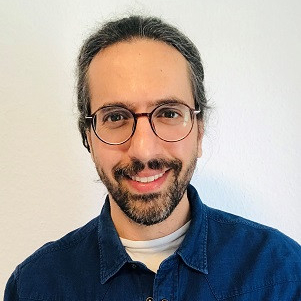“I am determined to help facilitate renewable energy projects and technology to connect and empower communities,” says Dr. Jemma Green, Cofounder & Chairman at Power Ledger, where she engages to put people at the centre of our energy future using blockchain systems.
Sebastian Klemm: What personal encounters & experiences, what ecosystems shaped your current personal practice respectively?
Dr. Jemma Green: Prior to founding Power Ledger, I worked as an investment banker at JP Morgan in London. During my time in London, I studied sustainability at Cambridge University and completed a Masters degrees and two postgraduate diplomas from Cambridge University.
Halfway through my time at JP Morgan I looked around the office and saw there were no recycling facilities. This drove me to spearhead a disruptive and divisive trash recycling project in the business. The project exceeded its recycling and cost saving objectives, but sparked office bullying and a social media “bring the bins back” campaign. Rather than discouraging me, I was motivated by the experience.
Something twigged in my mind at that point and I found renewables far more interesting than my day job. Following my experience at JP Morgan, I embarked on a 12 month hiking sabbatical during which I started to formulate an idea of developing an eco-village.
Since starting Power Ledger, I have been exposed to a world full of like-minded people in the blockchain space who want to drive its technological advances to the forefront in a range of industries. I have also been inspired by the strength of our community and the support they provide, daily, to help new companies like ours achieve our goals.
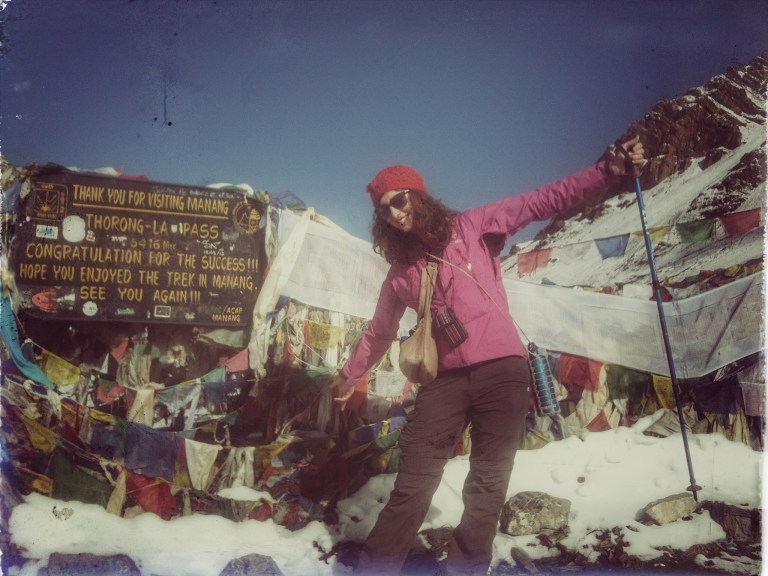
Sebastian Klemm: What is Power Ledger all about: How did it come into being, what have been your intentions? Perhaps, how has your approach changed over time?
Dr. Jemma Green: Upon my return to Perth, in 2013, I started a PhD in energy markets and disruptive innovation. One of the things I noticed was that hardly any apartments, which make up 30% of the housing stock in Australia, have solar panels. Knowing that apartment blocks could operate as an energy retailer without a retail license, I designed an embedded network for an apartment block to generate and trade solar energy.
I was struggling to find the software to allocate units of electricity until 2016 when I was introduced to two blockchain developers. I realised the technology could facilitate and regulate consumer energy trading in the way I had envisaged.
It was with this idea that the company I co-founded, Power Ledger, was born. Using a blockchain-powered energy trading platform to allow people who can’t afford solar panels to have access to low-cost, low-carbon energy.
The Power Ledger platform is able to link everyone’s solar panels in a marketplace so renewable energy can be low-cost, low-carbon and owned and sold by individuals and communities all over the world. It means individuals are able to maximize the return on their renewable energy investments and their neighbors are able to buy renewable energy at more affordable prices.
Ultimately, this technology aims to remove the reliance on central power stations and prevent developing nations having to invest in expensive infrastructure.
Over time, Power Ledger has grown from a start up with a great idea to a world leader in blockchain-based energy technologies. With an employee base of more than 30 people, we are now working towards expanding our business model across a range of products to change our energy future. Our hope is to provide individuals, wherever they are, access to low-cost, low-carbon energy.
We are conscious that developing countries are likely to repeat the mistakes of the developed world when it comes to energy, resulting in electricity that is unaffordable for those who are most vulnerable. I am determined to help facilitate renewable energy projects and technology to connect and empower communities.
“We are conscious that developing countries are likely to repeat the mistakes of the developed world when it comes to energy, resulting in electricity that is unaffordable for those who are most vulnerable. I am determined to help facilitate renewable energy projects and technology to connect and empower communities.” Dr. Jemma Green
Sebastian Klemm: By what means have you kick-started your business creation?
Dr. Jemma Green: After successful demonstrations of our technology in Australia and New Zealand, we decided it was time to expand our business. Myself and the Power Ledger team are considered pioneers, leading the way in the democratization of power.
We have navigated unchartered territory in running Australia’s first ever Initial Coin Offering (ICO). Through this process, I was threatened and received death threats. However, I remained determined and resilient and ultimately, the token sales resulted in $34 million which is helping Power Ledger’s growth.
Throughout our ICO we were seeking a broad range of token holders and community members instead of just a handful of large investors. What resulted was a grassroots movement of small buyers who believe in Power Ledger’s mission to change the future of energy consumption and distribution.
Further to this we just won the Extreme Tech Challenge: Myself and fellow co-founder John Bulich went to Sir Richard Branson´s Necker Island to present with the other are finalists in the Extreme Tech Challenge – and finally won, which is very exciting.
“Throughout our ICO we were seeking a broad range of token holders and community members instead of just a handful of large investors. What resulted was a grassroots movement of small buyers who believe in Power Ledger’s mission to change the future of energy consumption and distribution.” Dr. Jemma Green
Sebastian Klemm: Next to “empowering individuals”: In which ways can Power Ledger support people to lift others alongside them as well?
Dr. Jemma Green: Currently, across a regulated market, customers are at the behest of the utilities, often having to purchase high peak period electricity and receiving low feed-in tariffs for any excess energy they produce.
We are creating an energy marketplace where prosumers – those that consume and produce their own energy – receive a better price for their excess energy, and customers without renewables are able to purchase that energy at a better price. This is why we call it the democratization of power. The team and I share a belief that empowering individuals and communities to control the way in which they buy and sell their electricity will help create a power system that is resilient, affordable and clean.
By working with the market operators, utilities and retailers, our peer-to-peer energy trading platform can help lower electricity prices for all.
“We are creating an energy marketplace where prosumers – those that consume and produce their own energy – receive a better price for their excess energy, and customers without renewables are able to purchase that energy at a better price. This is why we call it the democratization of power. The team and I share a belief that empowering individuals and communities to control the way in which they buy and sell their electricity will help create a power system that is resilient, affordable and clean.” Dr. Jemma Green
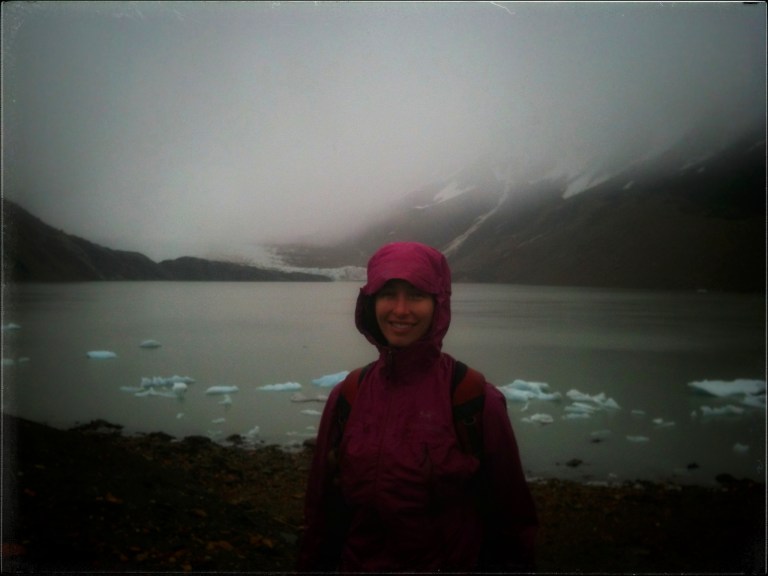
Sebastian Klemm: What resources have helped you grow your understanding for this field of expertise you are operating in today?
Dr. Jemma Green: The main resource is our people! From blockchain experts, crypto boffins and software wizards guiding the business through the creation of cutting-edge technologies, to a company built upon bright, enthusiastic minds centred on the success of our ideology, we have become leaders in our space.
Community members that come to us with difficult questions about our products help us challenge and disrupt ourselves and result in our company becoming more dynamic, robust and knowledgeable.
We have also got an incredible, and always-growing, network of advisors and friends who teach me new things about blockchain, energy and cryptocurrency every single day, just in passing conversations.
Sebastian Klemm: What challenges and hindrances did you come across in the process of creating your business? How did you overcome them?
Dr. Jemma Green: The space we operate in is still in its infancy. When we sought to receive funds through our ICO we had to ask ourselves questions around the legal frameworks involved. Through this process, I was threatened and received death threats because people thought they were going to end up paying more in pre-sale than main sale. But I stayed determined and resilient and ultimately, the token sales resulted in $34 million received to fund Power Ledger’s growth and now POWR is a top 100 cryptocurrency!
In the crypto space, we have seen a lot of start-ups fail or companies who never deliver on their promises, which has brought the market, understandably, an air of suspicion.
We decided early on that we wanted to register our company here in Australia, under robust tax laws and regulatory measures to provide as much clarity and transparency as we could to the market. This resulted in the creation of one of the most dynamic and passionate communities of supporters built around us.
“We decided early on that we wanted to register our company here in Australia, under robust tax laws and regulatory measures to provide as much clarity and transparency as we could to the market. This resulted in the creation of one of the most dynamic and passionate communities of supporters built around us.” Jemma Green
Sebastian Klemm: Where is the adoption of the Power Ledger platform currently at? What are the immediate next steps on your roadmap?
Dr. Jemma Green: The adoption of our platform is now spread across six countries on three continents. From microgrid systems behind the meter to across the meter P2P energy trading, EV charging and carbon credit management, we are working diligently to deploy our range of products to businesses around the world in the energy sector.
Our partnership with Thai-government backed renewable energy provider BCPG has resulted in multiple projects in Thailand, including the T77 development in Bangkok which is connecting nine buildings, including a shopping centre, international school, serviced apartments and a dental hospital. We have also got projects with Japan’s second-largest utility, Kansai Electric Power Co on a virtual power plant in Osaka as well as multiple projects in North America, Australia and more.
We are focused on delivering on all our already-announced projects to delight our customers. The next major step for us is our current release of details on our Asset Germination Events (AGEs), and what is in it for POWR Token Holders.
There is a huge opportunity for our technology to assist developing countries. When AGEs are live, they will present enormous potential for developing countries and also countries impacted by natural disasters to assist in funding, rebuilding and making income from assets.
Sebastian Klemm: What is the traditional habitual of generating and distributing energy, and what are the advantages of decentralized energy networks?
Dr. Jemma Green: Traditional electricity generation come from large, centralized generators outside of the main points of consumption, and are often carbon-intensive. In most jurisdictions, power generation and distribution across the network is vertically integrated, meaning there is only a one-stop-shop for energy consumers, and changing the structure of these systems can be a slow process. The cost of increasing power capacity under centralized production models is costly, has long lead times and payback periods.
As long as demand spikes are present on the grid, utilities can say they are justified in charging higher rates, because they need to get a return to manage peaks and cover the costs of volatile prices. In many cases, this leads to overinvestment in infrastructure. This is the origin of the market’s dysfunction.
At Power Ledger, we are focused on proliferating clean, distributed energy resources (DERs) that can provide these emerging economies with the opportunity for energy consumption that is low-cost and easy to deploy.
Energy consumption has a direct correlation with economic growth, so we see the Power Ledger platform as a facilitator of efficient and clean energy consumption that can continue to drive the economic development of communities around the world without the detrimental impacts of the traditional energy system.
The main benefits of a decentralized energy network is that it is cheaper, more reliable and clean. New business models and technologies are accelerating access to DER systems in both developed and emerging economies. The old paradigm of energy access through grid extension alone is becoming obsolete, as bottom-up customer demand is motivating hundreds of millions of consumers to generate their own modern energy to provide services through fringe-of-grid, off-grid or community-scale grid-tied mini-grids. This heralds the in the new era of the prosumer: consumers producing electricity.
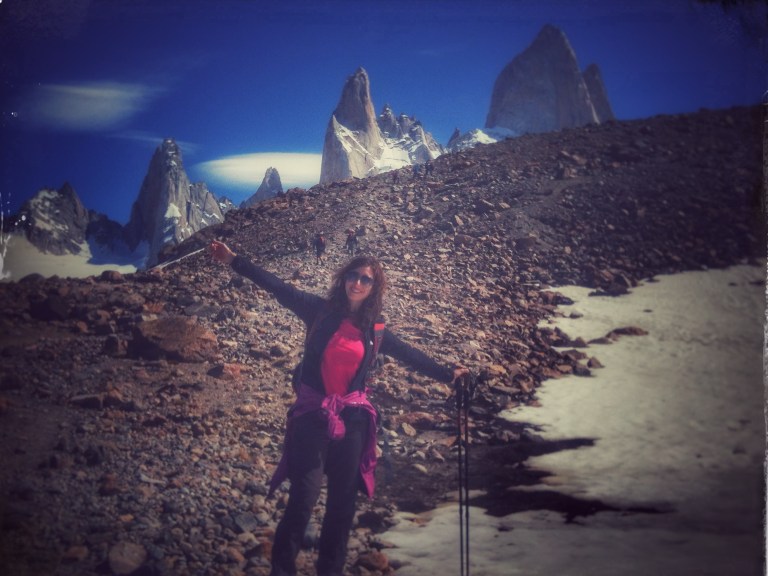
Sebastian Klemm: What ingredients are needed to set up and run a decentralized energy network?
Dr. Jemma Green: It is a cognitive change, because the reality of the change – people installing their own solar – is already happening. Now we need the right perception from the decision makers in government and the energy sector, so the reality is reflected in the regulation and policy.
The decentralization of our networks is already happening with distributed energy resources (DERs) now becoming a cost-effective means of energy production for small-scale end users. These are often households close to the points of main consumption. If we can incentivize them to stay connected to the grid, a decentralized and reliably distributed clean energy network will end up manifesting itself.
To manage the complexity of energy trading in a distributed energy system, we require another ingredient – a distributed ledger technology such as the blockchain. Only the blockchain can currently provide the capability to manage the multiplicity of agreements – in close to real time, whether it be the trade of renewable energy or providing voltage support for the network.
Sebastian Klemm: What resonating effects do decentralized energy networks create in terms of raising social cohesion & resilience within accordingly organized neighbourhoods?
Dr. Jemma Green: Decentralized energy networks are especially important for cohesion and resilience in emerging economies. Distributed energy resources (DERs) have greater mobility, are implemented quickly, and driven largely by consumer self-interest at a community level. Emerging economies that seek to increase capacities struggle to find financial backing, often with a sense of urgency that requires immediate results.
This is why, still, globally 1 in 5 people have no access to electricity. Communities with access to little or no electricity can band together to deploy renewable assets far easier than working to gain a reliable connection to a centralized network. DERs such as Solar PV and battery storage can provide reliable, clean low-cost energy for those in electricity poverty and help provide economic growth. You can have electricity without economy, but you can’t have economy without electricity.
Sebastian Klemm: How far stretches ‘local’? When does a system become too complex or remote, so that the benefits are outweighed by the system’s inefficiencies?
Dr. Jemma Green: It is not solely based on distance, but a combination of energy density demand in a geographic region. For example, in a remote community with lots of people, it is a function of both the distance and the amount of energy at the end of the line.
Sebastian Klemm: Who owns & who maintains the power lines in a decentralized energy network?
Dr. Jemma Green: It remains as it does now. Decentralized networks are able to use the existing poles and wires for the transfer and trade of electricity, so would be controlled by the utilities themselves. Our platform and business model allows us to work with the utilities and retailers for customers to stay connected to the grid. This provides the utilities with better customer retention and lower network costs.
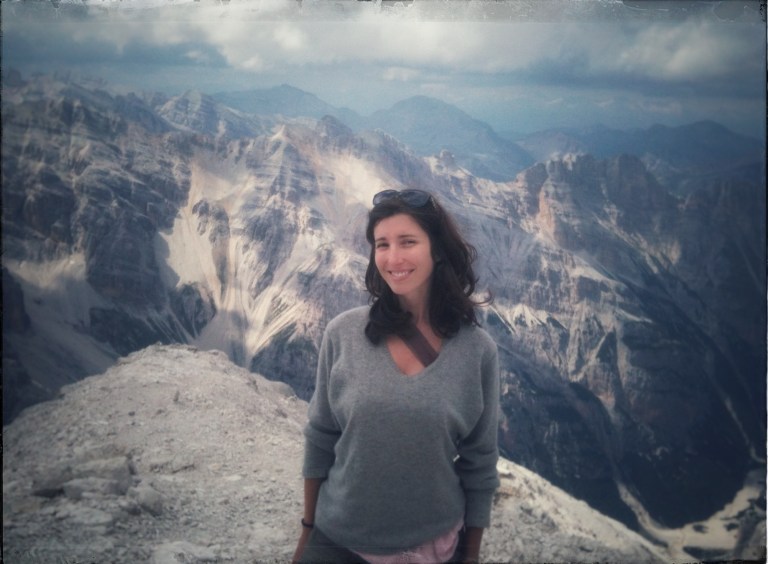
Sebastian Klemm: Indeed, are there use-cases for Power Ledger to support areas where there are no power lines at all: How may Power Ledger help “off-grid solutions”?
Dr. Jemma Green: As well as across-the grid solutions, Power Ledger also works in a microgrid environments. For remote locations we can facilitate the trade of energy from renewable energy assets such as Solar PV and battery storage and manage the distribution to each part of the microgrid. We have implemented behind-the-meter systems in Australia (Gen Y, SHAC, Evermore, Busselton) and at Northwestern University in the US, as well as using microgrids as a service to facilitate remote village to village trading in India with Tech Mahindra.
Sebastian Klemm: What issues about energy storage are relevant to have the peer-to-peer energy trading up and running?
Dr. Jemma Green: Energy storage solutions such as flow batteries, lithium and vanadium-based storage technologies have come a long way recently and can be implemented on a large-scale to help secure energy supply reliability for when the sun doesn’t shine and the wind doesn’t blow. In the past decade around the world, the price of distributed renewables has come down and citizens have started to take control, by installing and generating their own solar electricity and more recently battery storage. According to Bloomberg New Energy Finance the cost of solar already rivals the new coal in many countries. The price of battery storage is falling and now competes with the price of grid-sourced electricity in a growing list of markets. In many countries there are carbon policies and markets in place making renewables and storage even more commercially attractive.
We believe that the technological advances for renewables in the past few years have given rise to large-scale and small-scale producers of renewable energies to integrate clean energy systems without encountering supply issues along the way.
Sebastian Klemm: What incentives does Power Ledger apply to urge people to install the most sustainable solutions – in terms of highest efficiency ratio & longevity of the system – thus supporting people who provide the cleanest possible solutions of energy production available on your platform?
Dr. Jemma Green: The reality is, this shift in uptake of renewables is happening, whether Power Ledger had come along or not. What our technology provides is an opportunity for participants with excess energy to receive a higher return on their renewable assets in a marketplace where consumers are also able to buy renewable energy cheaper than from the regulated network.
A question that often arises is “why would the network let consumers sell energy P2P”. The answer is simple. Their relevance depends on it. If networks don’t change their approach to charging, the inevitable response is customer defection from the grid. It will be cheaper to generate and store your own energy, and if they defect it will make power prices more expensive for those left on the grid, which is not sustainable. Networks need to give customers a reason to stay connected. Allowing consumers to monetise their excess energy is the best way for networks to stay relevant.
Sebastian Klemm: What validation matrix do you utilize to differentiate the various systems owned by the prosumers who trade on your platform?
Dr. Jemma Green: Our software integrates with smart meters which validates the various system use in the same way it does now.
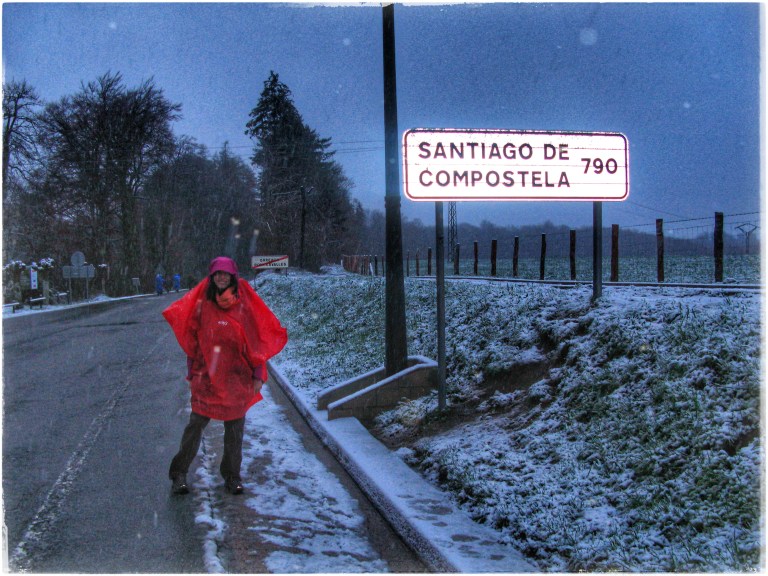
Sebastian Klemm: Which data actually enters the Power Ledger blockchain?
Dr. Jemma Green: Peer-to-peer trading involves many buyers and sellers, the grid and energy retailers. Every transaction is written to the blockchain in up to real-time. There is one ledger that records all transactions and payments occur at the time the electricity is consumed, not months later, because of the time taken to reconcile buyer and sellers transaction records.
By using blockchain technology, we are able to track electricity flows, so payments come back instantly in the form of a cryptographic token, called Sparkz.
Users can convert Sparkz to cash at any time, and add more when they are running low — just like phone minutes. We also created a cryptocurrency token called POWR which is used in the wholesale electricity market as the prudential backing behind Sparkz, and is a license for utilities, or in the future — anyone, to offer a peer-to-peer trading environment to their customers.
The instant settlement paired with the fact that the energy doesn’t have to travel as far, ultimately passes savings, and earnings, on to customers. It means those selling their excess electricity can do so at a fairer market price and those who can’t afford solar panels can access renewable energy for a cheaper rate from their neighbours.
This is what a decentralized electricity system looks like:
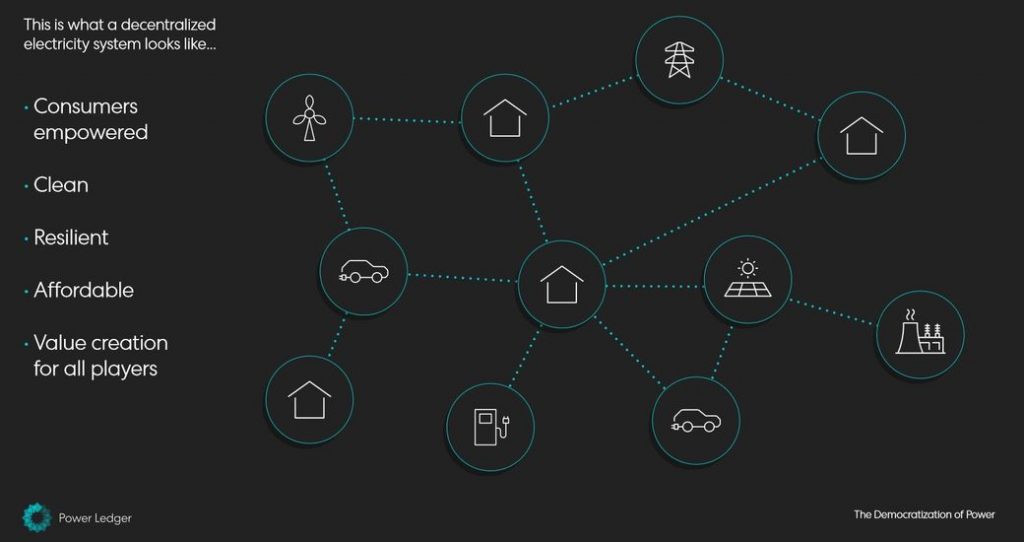
It eliminates cost and carbon from the market but importantly also provides a more resilient energy system. Our software integrates with pre-existing smart meters, so additional hardware is not needed.
Sebastian Klemm: For what processes on your platform is consensus and validation needed? Which consensus algorithm does Power Ledger utilize,and how is this consensus algorithm energy-wise sustainable?
Dr. Jemma Green: The two blockchain layers Power Ledger utilizes include the public and private blockchain layers. The public layer utilizes the Ethereum blockchain and is where POWR interfaces with third party token exchanges. The Public Layer provides a mechanism for interfacing and transacting with the consortium blockchain and applications through the use of POWR tokens.
Power Ledger’s industry-specific consortium blockchain is called EcoChain. It is a private Proof of Stake (PoS), low-power blockchain developed in-house and live tested in the energy markets during trials in 2016 and 2017. EcoChain has been stress tested in high-load environments and has provided valuable insights into blockchain functionality and compatibility with energy data collection and settlement.
Our technology is blockchain agnostic, meaning its benchmarked against the latest blockchain technology while retaining 2016’s active settlement layers. This ensures the tech is open to future Ethereum development and proposed Casper POS implementation.
Sebastian Klemm: Could you imagine Power Ledger being organized and run decentrally in itself e.g. as a Decentralized Autonomous Organization (DAO)?
Dr. Jemma Green: Yes, that is what we aspire to do. Our focus is on getting widespread adoption of our platform before we look to future technologies to further our reach.
Sebastian Klemm: Where do you see relevant potential for co-creation among businesses, start-ups, citizen science projects and else?
Dr. Jemma Green: Everywhere! For startups and businesses with ideas and products looking for market penetration, collaboration can be key to getting projects off the ground. There are a lot of talented individuals that are often looking for guidance with business models, marketing and meeting the right people in industry. The more minds that can work on bringing an idea to fruition the higher chance it has of becoming a reality.
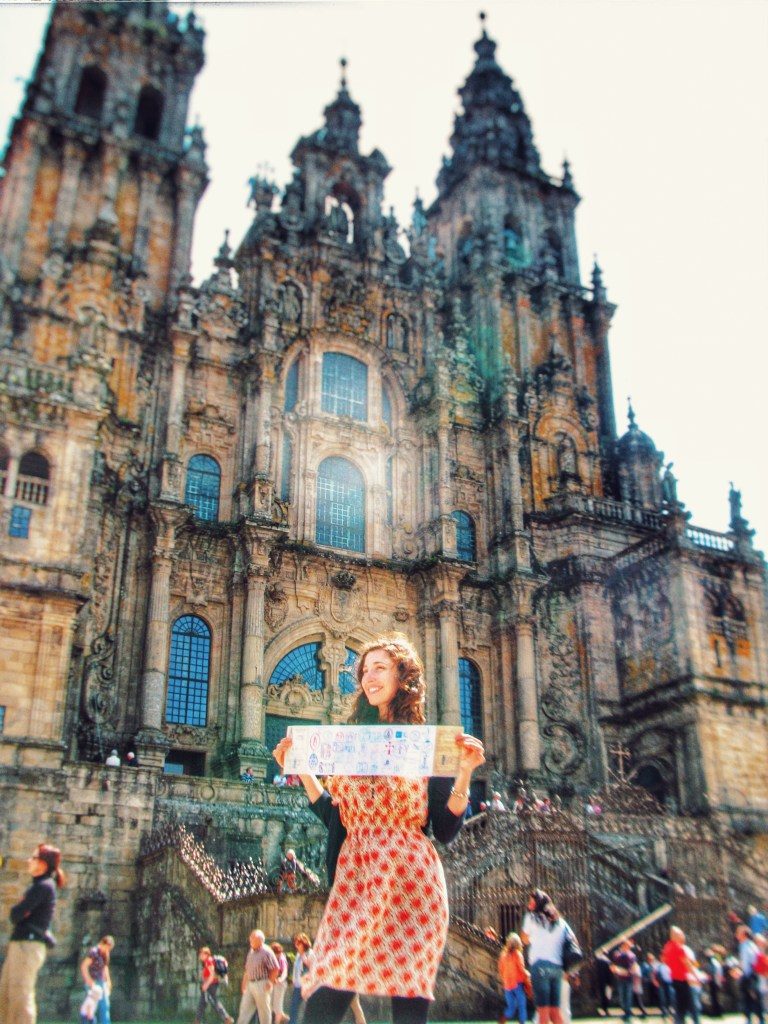
Sebastian Klemm: In many places, the concept of decentralized energy supply is already being implemented by cooperatives as well as municipalities: Could they thrive even more effectively, if their positions in relation to major energy suppliers were specifically strengthened through deliberate political policies & decision-making?
Dr. Jemma Green: Empowering individuals to be able to trade their electricity across a regulated network would create a major incentive for distributed energy resources such as household Solar PV to stay connected to the grid, help drive down overall electricity prices and decrease reliability on fossil-fuel based energy generation.
At Power Ledger, we are actively engaging with the regulatory bodies to work towards a solution where we can affect change towards across-the-meter distribution of electricity.
In Thailand, for example, one of our major projects is with Thai company BCPG, which saw us launch a world-first peer-to-peer renewable energy trading project at the T77 precinct in Bangkok. The project involves government-owned Thai utility Metropolitan Electricity Authority (MEA) allowing access to the grid and participants spread across six sites, including a shopping mall, school, apartment block and dental hospital. This project is very exciting as legislation in Thailand provisions for peer-to-peer energy trading and over the next three years will grow from 635KW to 2MW.
Sebastian Klemm: What could be appropriate political measures to strengthen decentralized energy supply? Else, why would we want government actually to have less heavy hands in business?
Dr. Jemma Green: The move away from carbon-intensive energy production is already being realized.
However, regulations attached to centralized energy systems that once sought to protect the consumer are now a hinderance against moving to a decentralized, cleaner and more affordable energy paradigm.
Today, the cost-effectiveness of renewable energy systems, coupled with ratifications such as the Paris Agreement – where countries have mandated a move to zero-carbon energy production to fight against climate change – provide an economic motivation for Governments to adopt clean energy systems.
But this does not mean Government requires a heavy hand to pivot industry towards decentralization. We are already beginning to see that momentum from consumer-driven demand to recreate our energy consumption to a cleaner, more affordable energy future.
“However, regulations attached to centralized energy systems that once sought to protect the consumer are now a hinderance against moving to a decentralized, cleaner and more affordable energy paradigm.” Dr. Jemma Green


